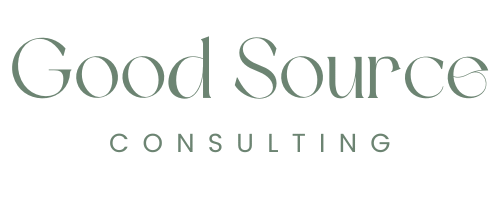In today’s beauty landscape, packaging goes beyond visual appeal. It’s a reflection of your brand values—and a growing number of customers are paying attention. As sustainability becomes a priority for conscious consumers and retailers alike, beauty brands have a unique opportunity to stand out through thoughtful, responsible packaging choices.
But with so many materials, certifications, and marketing claims out there, it can be hard to know where to start. This guide breaks down what sustainable beauty packaging really means, why it matters, and how to make smart, brand-aligned choices, whether you’re launching a new product or rethinking your current product lineup.
Why sustainable packaging matters
Packaging plays a crucial role in the environmental footprint of skincare and beauty products. From single-use plastics to excessive boxes and inserts, the industry has historically struggled with waste. Choosing to use sustainable packaging is a smart business move. Here’s why:
- Consumers care. According to PDI’s 2023 Business of Sustainability Index, 91 % of Gen Z say they want to buy from sustainable companies, and 77 % are willing to pay more for sustainable products, compelling evidence that sustainability is a key driver of purchasing behavior.
- Retailers are raising the bar. Clean beauty programs at Sephora, Ulta, and Credo now include packaging criteria. If you’re aiming for shelf space, sustainability can’t be an afterthought.
- It’s part of your brand story. Packaging is a physical expression of your values. When it’s designed with intention, it builds trust and loyalty.
What does “sustainable beauty packaging” really mean?
Sustainable packaging is more than just recyclable or “green” materials. It’s about minimizing harm across the packaging’s full lifecycle. Here are a few principles to guide your decisions:
- Reduce: Avoid excess packaging, oversized components, and unnecessary layers.
- Reuse: Explore refillable beauty packaging and formats that encourage reuse or re-commerce.
- Recycle (and beyond): Choose materials that are widely recyclable and design for circularity, like mono-material packaging or implementing take-back and refill systems.
Packaging options to explore
Here are a few sustainable packaging routes beauty brands are using today:
1. Post-consumer recycled (PCR) materials
Using PCR plastics or paper helps divert waste from landfills. Look for suppliers who can verify the percentage of recycled content used.
REMAKE is committed to using 100% PCR plastic packaging, a step away from virgin plastic.
2. Glass and aluminum
Both are infinitely recyclable and often perceived as premium. Just be mindful of weight (which impacts carbon emissions) and compatibility with formulas.
UpCircle Beauty offers skincare products in durable glass jars with aluminum lids. They are also certified Plastic Negative by rePurpose Global.
3. Paper packaging
Paper packaging is a lightweight, recyclable alternative to plastic—and is ideal for low-impact products such as balms, soaps, or dry goods.
Poppy & Pout lip balms are hand-poured into recyclable cardboard tubes and labels are printed directly onto the tube with non-toxic ink.
4. Refillable systems
Refillable beauty packaging is on the rise, especially for products like cleansers, moisturizers, and lipsticks. Options include pods, pouches, or in-store refill stations.
JUNOCO uses an interchangeable pod system. One reusable jar can house pods from different products.
5. Mono-material designs
Packaging made from a single material. For example, 100% PP or PE plastic (both are types of plastic) is more commonly accepted at curbside recycling facilities compared to mixed materials.
Blinc embraces sustainability by utilizing PCR mono-material components for its skincare products.
6. Minimal or zero-waste packaging
For a few product categories, like bar soaps or bath products, consider skipping traditional packaging altogether and using reusable or minimal wraps.
Ethique Beauty is a plastic-free brand that uses waterless formulations, eliminating the need for plastic packaging.
While packaging plays a visible role in your brand’s sustainability efforts, it’s only one part of the equation. A truly impactful strategy considers your brand’s impact across operations and supply chain.
If you’re ready to take a more holistic look at your brand’s impact, I can help. Whether you’re just starting or ready to take your efforts to the next level, I can help you develop a strategy that fits your brand and budget. Explore my services or contact me to learn more→
Featured image by Polina via Pexels.
